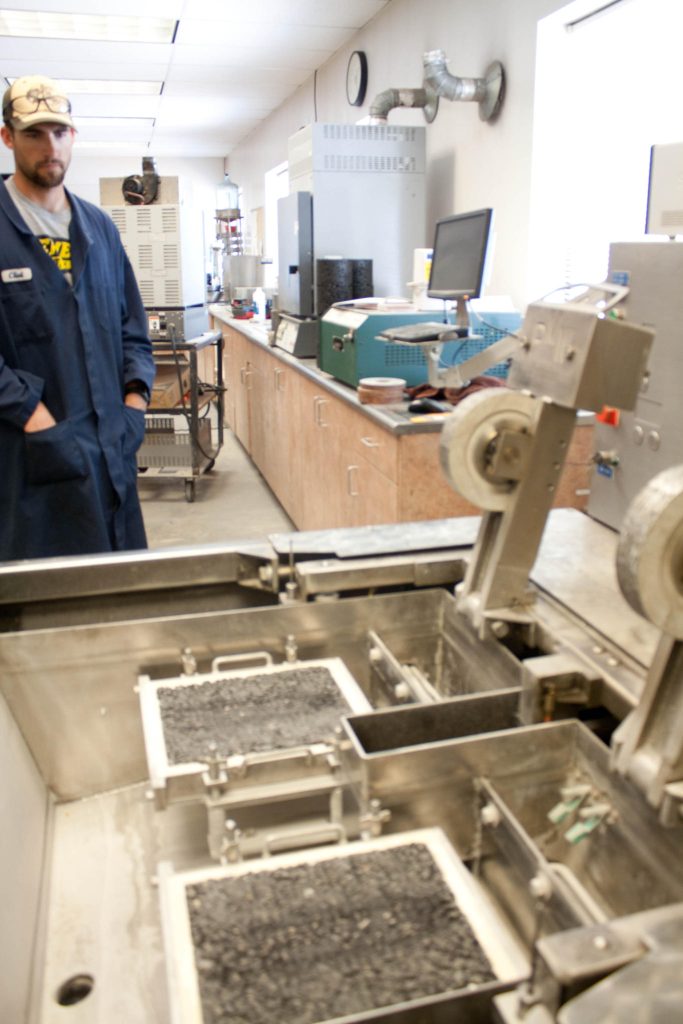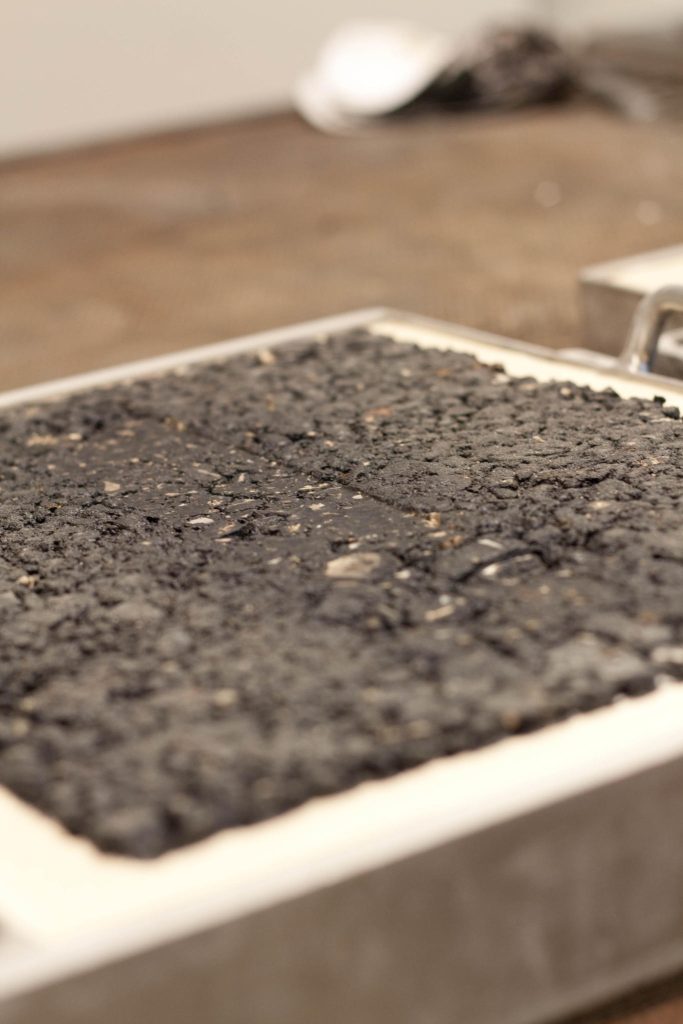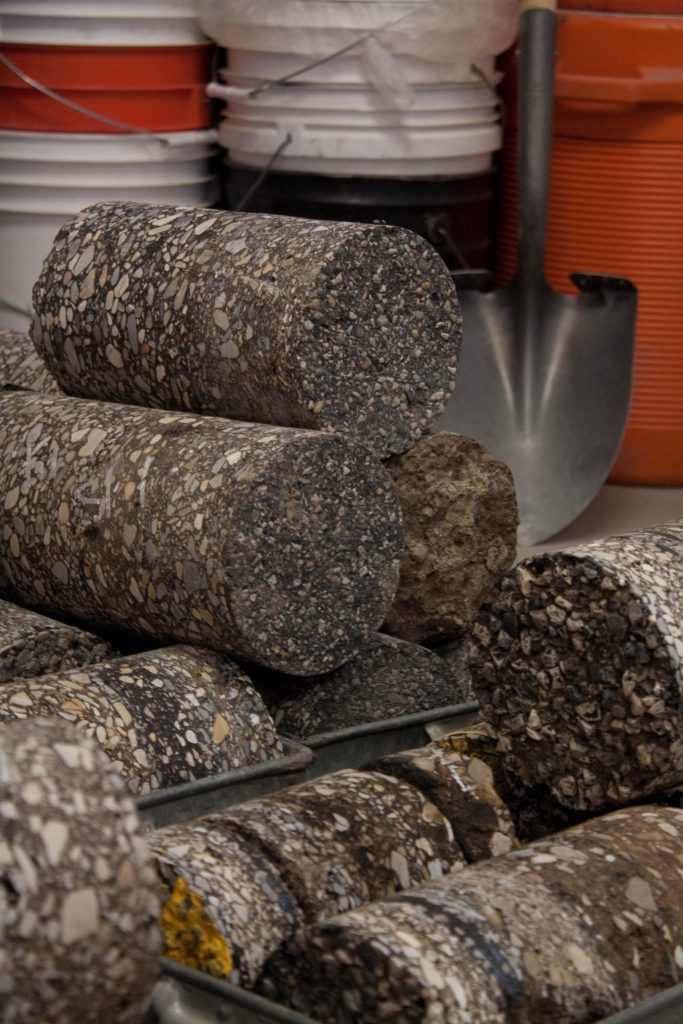A behind-the-scenes look at the materials lab
June 17, 2013

Before UDOT employees reroute traffic, before they begin paving the road and even before they put out orange cones, they are hard at work. This work requires communication between traffic signal engineers, project managers and others – but none of it would happen without the approval from the materials engineers. The behind-the-scenes work done by engineers in the materials lab ensures the durability of the road before construction begins, making the lab testing a vital part of the preconstruction process.
Steve Park, Region Three Materials Engineer, explained that the purpose of the materials lab is to test road materials for strength and durability. “We get long-lasting roads by demanding high-quality materials, and it’s our job to test those materials before they’re in the road,” Park said. “We save taxpayer money that way, because we won’t have to tear it up later.”

The materials lab has a few different functions. One function is to mix and test the materials that a contractor wants to use for a project. In this process, the materials engineers and technicians use the lab to mix the materials according to the contract specifications. After they have been mixed, the materials engineers analyze the results, and the mixtures are evaluated according to strict safety and durability standards.
After the materials engineers complete their analysis, UDOT materials technicians then test the mixes. One test assesses the durability of an asphalt mix by placing a sample in a machine that simulates a car driving on it. The machine runs a metal wheel over it 20,000 times, and it meets durability standards if the wheel creates a rut less than 10 mm deep. Another test cures concrete samples for 28 days in at least 95 percent humidity before crushing them to measure their durability.
Clint Tyler, a materials technician, said that the importance of these tests cannot be understated. “We do these tests because it’s easier to make changes now, before it’s in the road,” Tyler said. “Our roads last longer that way.”

A second function of the materials lab is to test the health of the roads. Every so often, materials technicians will take a core sample of a road to determine whether or not it needs maintenance work. These projects, such as resurfacing, minimize future construction by prolonging the life of the road.
“In the end, analyzing the materials and doing these tests is just as important as the construction itself,” Park said.
While materials technicians’ work will always be behind the scenes, the results they gather will continue to directly affect Utah drivers. Their hard work ensures that UDOT’s roads will provide safe and smooth travels for years to come.
Tags: asphalt pavement, concrete, highway, materials, materials lab, pavement, Region 3, rutting, testing


